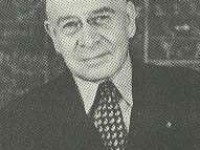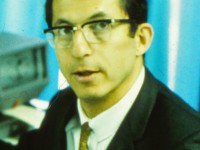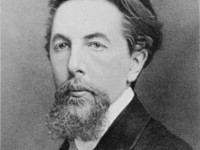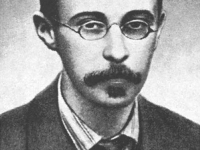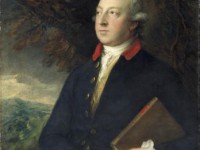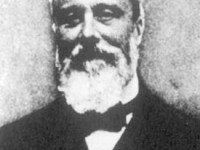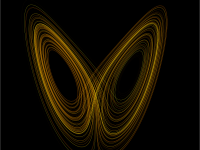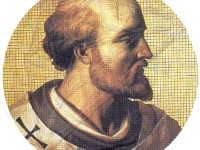Alfred Korzybski and General Semantics
On July 3, 1879, Polish-American independent scholar Alfred Habdank Skarbek Korzybski was born. Korzybsky developed a field called general semantics, which he viewed as both distinct from, and more encompassing than, the field of semantics. He argued that human knowledge of the world is limited both by the human nervous system and the languages humans have developed, and thus no one can have direct access to reality, given that the most we…
Read more

